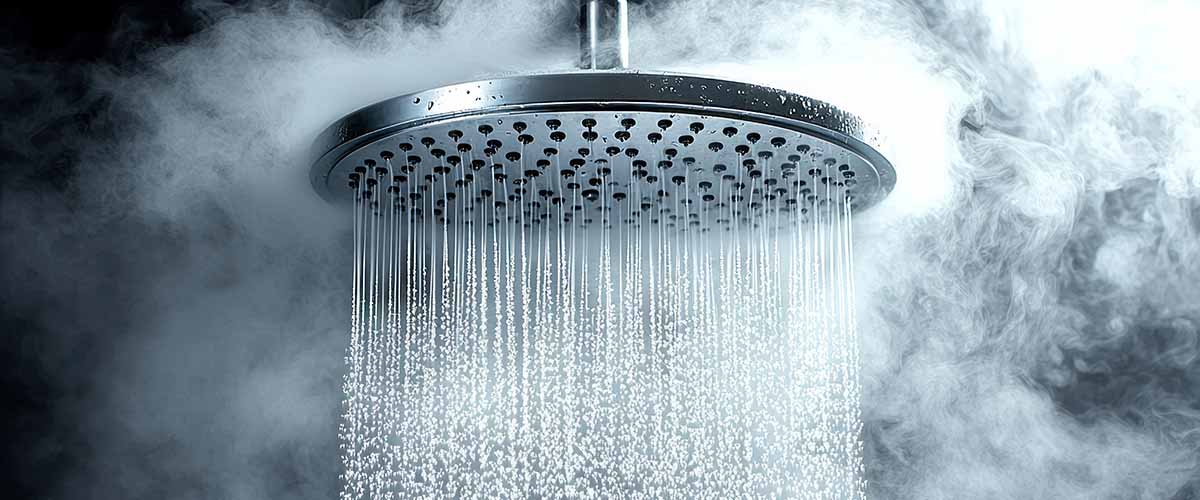Your water heater is one of the most essential appliances in your home, quietly working in the background to deliver hot water for showers, laundry, dishes, and more. Yet, it often doesn’t get the attention it deserves until something goes wrong—like an icy cold shower on a winter morning. The good news? A little routine maintenance can go a long way in extending the life of your water heater, improving efficiency, and avoiding costly repairs or replacements.
Whether you have a traditional tank-style water heater or a tankless model, this water heater maintenance checklist will help keep your system running smoothly year-round.
Why Water Heater Maintenance Matters
Water heaters are built to last, but like any appliance, they need regular care. Without proper maintenance, sediment buildup, corrosion, or component failure can lead to breakdowns, higher energy bills, or even water damage to your home. The benefits of routine maintenance include:
- Improved energy efficiency
- Longer appliance lifespan
- Fewer emergency repairs
- Lower utility bills
- Safer, cleaner hot water
Water Heater Maintenance Checklist
Here’s a step-by-step guide every homeowner should follow to keep their water heater in top shape. These tips apply to both gas and electric water heaters, with a few specific items for each type.
1. Inspect for Leaks and Rust
Once a month, take a visual inspection of your water heater. Look for:
- Pooling water around the base
- Rust or corrosion on the tank or connections
- Drips from the T&P (temperature & pressure) relief valve
Catch leaks early to prevent costly water damage. If you spot rust or corrosion, it could indicate a serious issue that needs professional attention.
2. Flush the Tank (Traditional Water Heaters)
Sediment from minerals in your water supply collects at the bottom of the tank over time, reducing efficiency and causing strange noises like popping or rumbling. Once or twice a year, drain and flush the tank to remove this buildup.
Steps:
- Turn off the heater (gas or electric)
- Attach a garden hose to the drain valve
- Open the valve and drain the tank into a safe area
- Refill and turn the heater back on
If you’re not comfortable doing this yourself, a professional plumber can handle it quickly and safely.
3. Clean or Replace the Air Intake Filter (Tankless Models)
Tankless water heaters have air filters that need regular cleaning to maintain airflow and prevent overheating.
- Turn off the unit and remove the filter
- Rinse it under clean water and let it dry
- Reinstall
Check your manufacturer’s recommendations, but most filters should be cleaned every 6-12 months.
4. Check the Anode Rod (Traditional Models)
The anode rod helps prevent tank corrosion by attracting minerals that would otherwise rust the tank walls. It should be checked every 2-3 years (or annually if your water is hard).
If the rod is less than 1/2 inch thick or heavily corroded, it’s time for a replacement. This small step can add years to your tank’s lifespan.
5. Test the T&P Valve
The temperature & pressure relief valve is a critical safety feature. To test:
- Place a bucket under the valve
- Lift the valve lever slightly and release
- You should hear a gurgling sound or see water discharge
If nothing happens or the valve leaks afterward, have it replaced immediately.
6. Check the Temperature Setting
Keep your water heater set between 120-125 degrees Fahrenheit. Higher settings increase the risk of scalding and waste energy. Lower settings may not be effective for cleaning dishes or killing bacteria.
Adjusting the thermostat is usually easy and can help lower your energy bill.
7. Inspect the Venting System (Gas Models)
Gas water heaters need proper venting to remove combustion gases. Check for:
- Loose or disconnected vent pipes
- Obstructions or corrosion
- Proper slope of the pipe
Blocked or damaged vents are dangerous and can lead to carbon monoxide buildup. If you suspect a venting issue, call a professional right away.
8. Check for Error Codes (Tankless Models)
Most tankless units have a digital display that shows error codes when something goes wrong. Refer to your owner’s manual to decode the messages and take appropriate action. Common errors include flow sensor problems, ignition failure, or scale buildup.
9. Schedule Professional Maintenance
Even with the most diligent homeowner care, an annual professional inspection is still the best way to ensure your system is running safely and efficiently. A trained plumber can:
- Test all components
- Clean internal parts
- Perform a deep flush or descaling
- Identify issues before they become emergencies
At PF Plumbing, our team specializes in both traditional and tankless water heater maintenance for homes in Greensboro and High Point area. We know the local water conditions, building codes, and common heater problems in our region—which means we know how to keep your system in peak condition.
Bonus Tip: Soften Hard Water
Hard water is common in many parts of North Carolina and can lead to scale buildup inside your water heater, decreasing efficiency and shortening its lifespan. Installing a water softener can help reduce mineral deposits and keep your heater running smoothly.
Just like your car needs oil changes to stay reliable, your water heater needs regular checkups to deliver hot water without fail. By following this simple checklist, you can improve performance, prevent breakdowns, and extend the life of one of your home’s most important appliances.
If you’d rather leave the maintenance to the pros, PF Plumbing is here to help. Contact us today to schedule a water heater inspection or tune-up, and enjoy peace of mind knowing your hot water supply is in expert hands.

